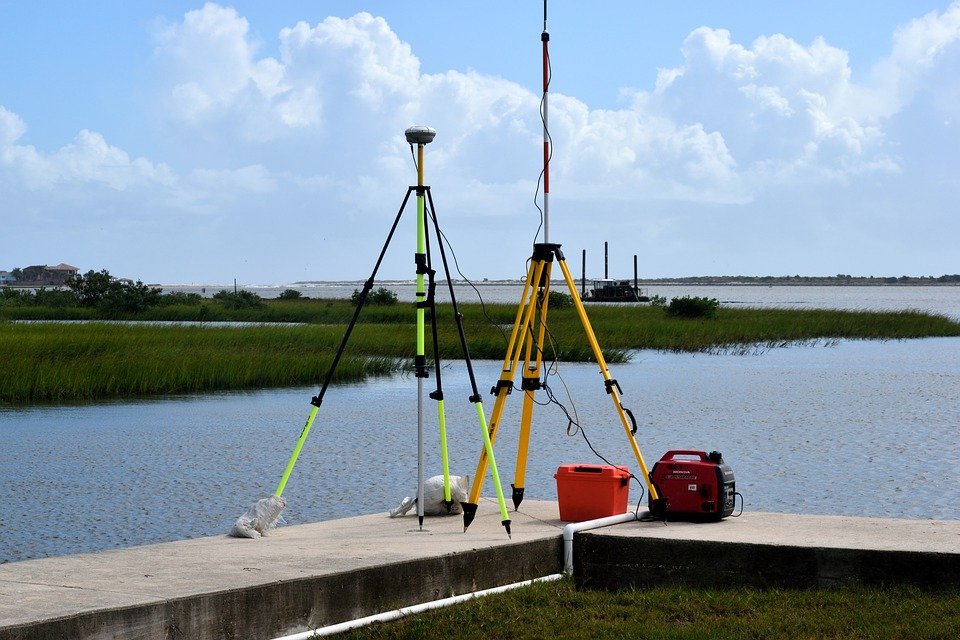[ad_1]
Exploring the Benefits of Using GIS In Project Management
The use of Geographic Information Systems (GIS) in project management is a growing trend for companies of all sizes. GIS technology helps organizations better understand and manage their projects with improved accuracy, efficiency, and productivity. GIS technology provides a powerful tool to manage projects from start to finish, from concept to completion.
What is GIS?
GIS is a technology that combines geographical data, such as maps, with other data sources, such as demographics, to provide a comprehensive and detailed view of an area or project. GIS technology allows users to visualize and analyze geographic data in a variety of ways, including maps, charts, and 3D models. GIS is becoming increasingly popular for project management due to its ability to integrate data, visualize projects, and facilitate decision making.
Benefits of Using GIS In Project Management
GIS technology offers numerous advantages for project management. With GIS, organizations can easily analyze and monitor their projects in real time in relation to their geographical context. This can provide valuable insights into the progress of a project, as well as into potential risks and opportunities. GIS also enables organizations to plan and optimize their projects more effectively, by allowing them to identify areas of potential risk and to visualize potential solutions.
In addition, GIS technology makes it easier for project managers to keep track of the progress of their projects. With GIS, managers can monitor the status of their projects at any given time and make changes as necessary. This reduces the time and energy that would otherwise be spent manually tracking and managing projects.
Finally, GIS technology helps organizations better collaborate with their teams and stakeholders. GIS allows project managers to share information with their teams and stakeholders in a more efficient and effective manner. This facilitates communication and helps to ensure that all stakeholders are on the same page and have access to the most up-to-date information.
Conclusion
In conclusion, GIS technology is a powerful tool for project management, offering organizations increased accuracy, efficiency, and productivity. GIS helps organizations better understand and manage their projects in relation to their geographical context, plan and optimize their projects more effectively, and collaborate with their teams and stakeholders more efficiently. GIS is becoming increasingly popular for project management, and organizations that utilize GIS can reap valuable benefits.
[ad_2]


